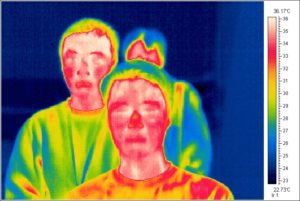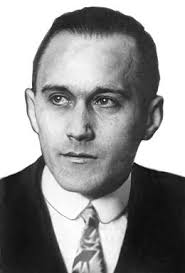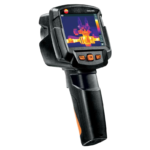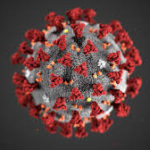What is thermal screening and scanning?

How do thermal screening and scanning work?
Thermal scanning and screening are based upon the science of infrared energy (otherwise known as “heat”), which is emitted from all objects. This energy from an object is also referred to as the “heat signature”, and the quantity of radiation emitted tends to be proportional to the overall heat of the object.
Thermal cameras or thermal imagers are sophisticated devices comprised of sensitive heat sensors with the capacity to pick up minute differences in temperature. As they gather the infrared radiation from objects in a particular environment, they can start to map out an image based on the differences and inflections of the temperature measurements.
In general, thermal images are grayscale: with white representing heat, black representing colder regions, and various shades of grey indicating gradients of temperatures between the two. However, newer models of thermal imaging cameras actually add colour to the images they produce, in order to help users better identify distinct objects more clearly – using colours such as orange, blue, yellow, red, and purple.
Where did thermal imaging originate?

Where do we use thermal imaging?


Other businesses that use thermal scanning and screening are Electrical maintenance, Plumbers, Mechanical and building construction technicians, Animal and Pest management, Transport navigation, firefighters, Police and Science, and research to name a few.
It’s crucial to use a high-quality product to ensure that you detect and record accurate measurements. A big difference between different types of thermal imagers is the resolution and clarity of the images they provide.
Here at Pyrosales, we are proud to offer a wide range of thermal imaging cameras suitable for all kinds of applications, whether they be professional or hobbyist. Our suite of top-range thermal imagers is made by Testo, a globally active, high-tech company with expertise in innovative measurement solutions that are guaranteed to meet your needs.
Thermal scanning and screening is an impressive and compact method of identifying, measuring, and visualising heat patterns, particularly in environments where there’s a lack of visible light. Armed with an effective and high-quality thermal imaging camera, there is a broad range of applications available, from industrial to health to research and science and so much more.

